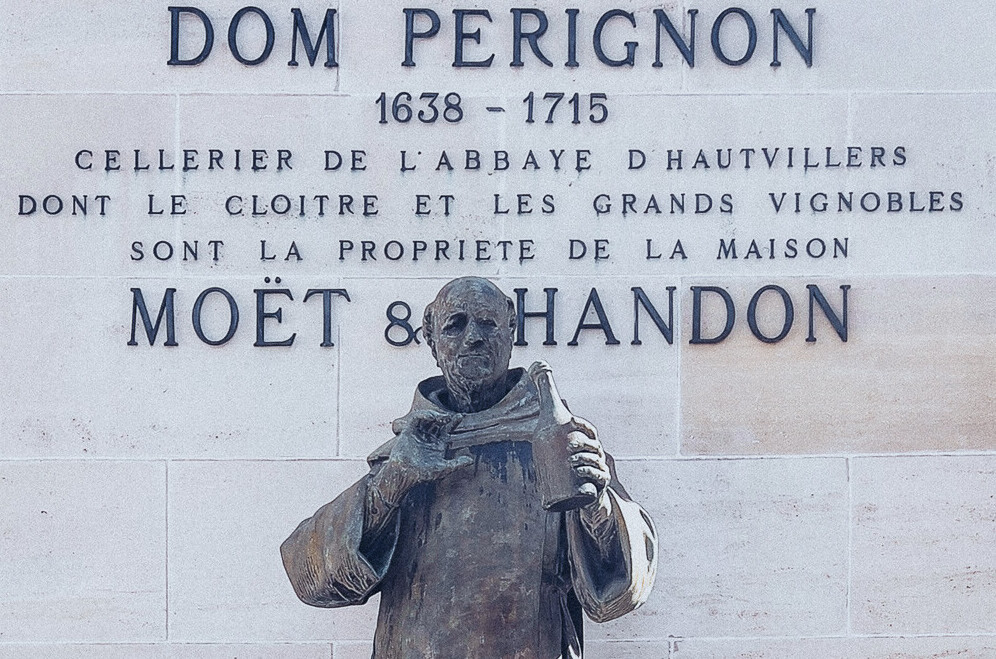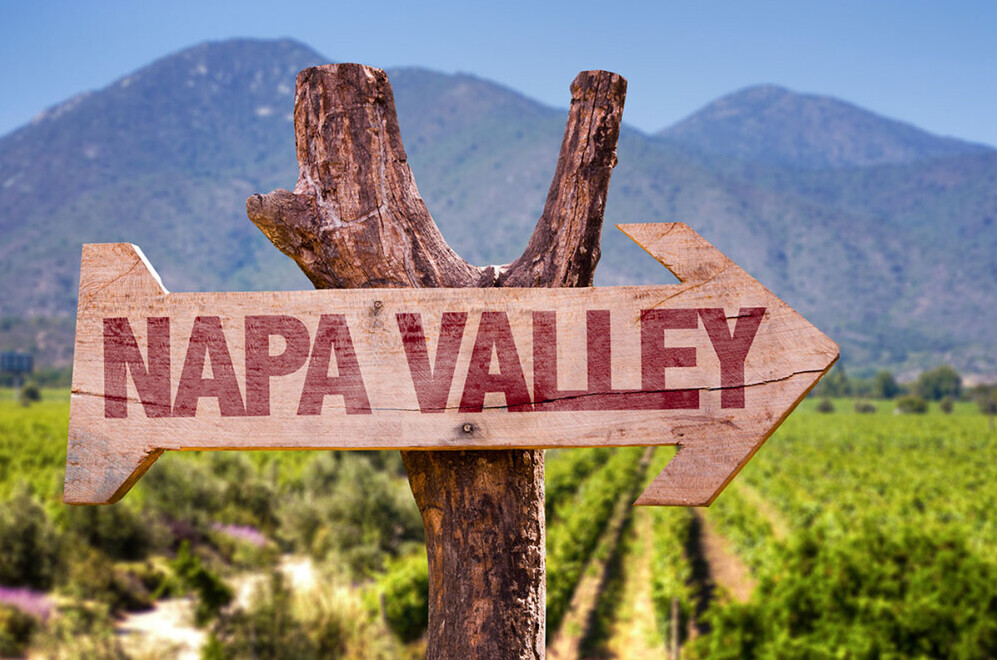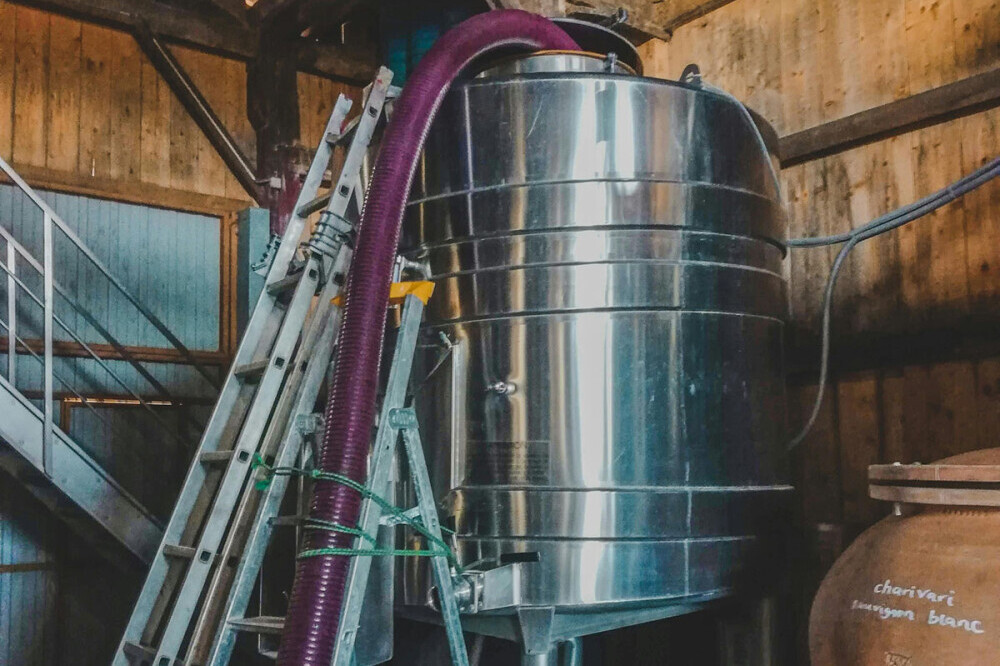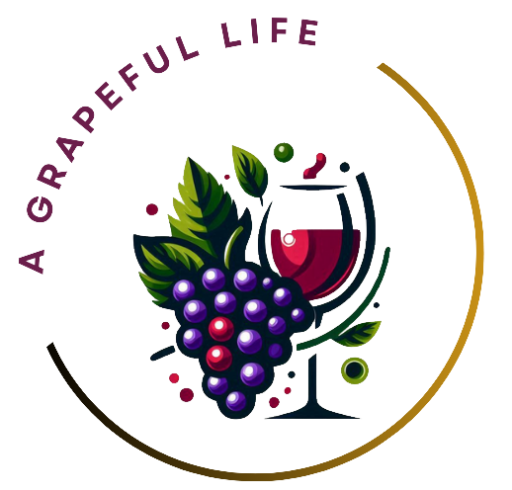Wine has quenched the human thirst for pleasure and connection for millennia, weaving its way through cultures, societies, and rites. It provides a timeline that traces its journey from the earliest days of civilization to the present day.
From the first archaeological hints of winemaking in Georgia, way back in 6000 BCE, to the complex network of vineyards we see today, winemaking has always been more than just squeezing grapes into juice. Each drop tells tales of conquest, trade, and innovation.
Famous figures in winemaking have played pivotal roles in its evolution, influencing everything from the way wine is made to the very taste profiles we cherish. Each era brought its own characters — from Egyptian pharaohs to Roman emperors. Monks in medieval monasteries to modern vintners breaking new ground.
So, grab a glass and join me because the story of wine is as much about the people who made it as it is about the drink itself. This is not just about dates and facts; it’s about understanding how wine has shaped our world.
Ancient Beginnings: The Dawn of Winemaking
Picture this: it’s 6000 BCE, and somewhere in what’s now Georgia, early farmers are discovering that fermenting grapes can create a magical liquid potion — the start of winemaking as we know it. This wasn’t just luck; it was humanity’s curiosity and resourcefulness that turned simple grapes into something extraordinary.
Fast forward a millennium to 5000 BCE in ancient Iran. Here, grape cultivation was taken up a notch, reflecting how essential wine began to be in early cultures. It wasn’t just about consumption; wine signified rank and ritual. These societies weren’t just sipping; they were innovating.
By 3100 BCE, the Egyptians had gotten in on the wine action. Reserved primarily for royalty and religious ceremonies, wine signified luxury, power, and was often enjoyed in the afterlife as offerings to the gods. Talk about divine tastes!
The Phoenicians, known for their legendary seafaring and trading prowess, spread wine culture throughout the Mediterranean around 1700 BC, planting the seeds of viticulture across Greece and Sicily. They transported not just wine but a culture that celebrated the grape.
What does this all mean to us, sipping our modern-day varietals? Appreciating the history of wine lays the foundation. The ancients laid the groundwork, showing that winemaking has always been a blend of innovation, culture, and ritual. When you enjoy a glass, think of it as participating in a rich, ongoing history that started thousands of years ago.
Greek and Roman Influence: Spreading the Craft
Zoom into 700 BCE and imagine the bustling activity in Greek colonies, where viticulture wasn’t merely an art; it was more like a missionary movement. As these colonies spread across the Mediterranean, they carried more than just grapevines. They schooled the entire region on the wonders and techniques of winemaking, including Italy and what would become France. This was the ancient version of opening people’s palates to something extraordinary.
Greek winemaking wasn’t just about the final product, it was about process and ritual. Amphorae, those distinct clay vessels, weren’t just fancy storage jars. They were revolutionary for storing and transporting wine. Mixing wine with water and spices wasn’t just a way to stretch the product, it was a tradition and a style.
By the time of the Roman Empire’s full swing, viticulture had become a staple in daily life. Romans were responsible for taking winemaking to what are now France, Spain, and Germany. If you’ve ever marveled at the grandeur of a Roman aqueduct, picture similar ingenuity applied to grape pressing and barrel aging. They mastered these techniques, creating pressure-based wine presses and introducing barrel aging – a nod to modern practices still revered today.

Appreciating a Chianti or a Bordeaux? Thank the Greeks and Romans for laying down the markers in these iconic regions. Their influence wasn’t just geographical; it was about laying foundational practices and spreading them on a widespread scale.
Cheers to these civilizations that not only loved their wine but respected it as an essential part of culture. They taught us that winemaking craftsmanship doesn’t happen overnight and that each sip should feel like a connection to the past.
Medieval Monks and the Resurgence of Winemaking
As the curtains closed on the fall of Rome, Europe was experiencing a time where wine could have easily slipped through the cracks of history, but thanks to the Catholic Church, it didn’t. Monasteries across Europe became more than just spiritual centers; they were also the protectors of winemaking knowledge. When you’re uncorking a fine Burgundy, you might as well raise a toast to the Benedictine and Cistercian monks who meticulously recorded and refined the art of winemaking.
It’s the Middle Ages, and these monks are busy perfecting processes that would give birth to regions like Burgundy and Champagne. They paid keen attention to terroir, understanding like no others how the land itself influences the wine. Imagine the diligence it took to observe and harness these subtle nuances. Their dedication to viticulture laid tracks that guided what we now consider classic and cherished wine-making techniques.
As Europe grew from medieval times into the early Renaissance, wine was no longer just for the divine and the elite. The monks made sure everyone could enjoy a goblet or two. Wine culture began to thrive across all classes, becoming a staple beverage, enriched by its availability and varied by the regions adopting it.
However, don’t think their work was just about bottling good vintages. The impact was cultural, educational, even economical. By ensuring the survival and improvement of viniculture, they were safeguarding a critical piece of European heritage and enabling the flourishing of a social culture revolving around the vines.
So next time you’re sitting in a cozy corner, savoring a bottle that owes its refinement to the careful experiments and records of medieval monks, remember, their priors paved the way for unpretentious enjoyment. They saw wine as God’s gift, and regardless of your beliefs, this slice of wine history has left a legacy everyone can taste.
The Age of Exploration and Global Vines
Think of the 15th and 16th centuries as a time when the wine world began packing its bags and traveling far and wide. Portuguese and Spanish explorers weren’t just charting new lands, they were spreading grapevines to those uncharted territories, making sure the new world was rich not just in gold but in grapes too.
South America got its first taste of vineyards thanks to Spanish missionaries planting these verdant treasures across Chile, Peru, and Argentina. Picture lush lands being transformed, new soils tasting the sweetness of European grapes, ushering in traditions that would take root for centuries.
Down in South Africa, the Dutch East India Company decided Cape Town might as well be the next big thing in wine. Grapevines linked to travelers for refreshment created what is now a robust wine tradition celebrated globally for its own styles and finesse.
Jean de Lestonnac, a notable figure in 16th-century Bordeaux, saw potential in vineyards, much like someone restoring a forgotten masterpiece. He pushed for quality, ensuring the wines reflected the best of their origins. Then there’s Dom Pérignon, the Benedictine monk whose name became synonymous with a particular sparkling wine style from Champagne. Whether or not he was the first to create sparkling wine, his role in refining the methods gave the bubbly a prestige that’s carried on.

These voyages and ventures weren’t just about expanding territories — they reshaped the winemaking world map. They laid stones for discovering what different climates and soils could do for vines and introduced Europe to wines and styles previously unimagined.
So, as you sip something from Argentina or pop the cork on a bottle of South African wine, remember that you’ve got a historical passport in hand, driven by a spirit of discovery and a thirst for global flavors that still inspires today.
19th Century Expansion and Modern Challenges
The 19th century was all about expansion for the wine world. New opportunities were brewing in places like Australia and the United States. The British weren’t just sipping at their tea; they brought vineyards to Australia so they could cultivate European varieties Down Under. Similarly, on the other side of the world, Spanish missionaries were laying the foundation of California’s wine culture, planting the first California vineyards and setting the stage for later development in Napa and Sonoma.
This era wasn’t all smooth sailing, though. The history of wines was certainly marred by the phylloxera crisis. This was a full-blown vineyard catastrophe across Europe.  This nasty little pest decimated grapevines, putting age-old European viticulture at risk. But thanks to the keen observation of French botanist Jules-Émile Planchon, a solution was found. By grafting European vines onto resistant American rootstock, Planchon saved the day, making sure European wine could keep its character and flavor.
This nasty little pest decimated grapevines, putting age-old European viticulture at risk. But thanks to the keen observation of French botanist Jules-Émile Planchon, a solution was found. By grafting European vines onto resistant American rootstock, Planchon saved the day, making sure European wine could keep its character and flavor.
California wasn’t about to stay in the background, though. The region stepped up, becoming a highlight of the wine world in its own right. With vineyards thriving in the golden Californian climate, Napa and Sonoma began to make a name for themselves. They were setting the stage for the wine booms and innovation spirals that would erupt in the following decades.

It’s a reminder that the road to our current wine cellar has been paved with challenges and triumphs. The evolution wasn’t just about survival, but adaptation and forward thinking. Every crisis pointed to innovation, forcing vintners to embrace change, experiment with new methods, and adopt practices that would secure the future of winemaking. It’s a journey marked by resilient spirits as much as it is by the lush, vine-covered landscapes we get to enjoy today.
Modern Milestones: Globalization and Trends
In our fast-paced world, wine hasn’t hit the brakes—it’s evolving faster than ever. Thanks to technological advancements, winemakers can now use stainless steel tanks, ensuring precise temperature control during fermentation. Modern bottling techniques have also refined how wine is stored and distributed, making sure that what’s in the bottle is just as the vintners intended.

The Old World versus New World wines debate continues to spark conversations among enthusiasts. Traditional European producers—like those in France and Italy—focus on terroir, that special set of characteristics imparted by the vine’s environment. Contrasting this, the New World, including the U.S., Australia, and South America, explores varietal-driven wines, setting trends and embracing innovative techniques with gusto.
In recent years, sustainability has become more than a buzzword—it’s a commitment shaping the industry. Organic and biodynamic practices are increasingly the norm as producers respond to environmental challenges and consumers demand eco-friendly options.
Emerging wine regions are making waves on a global scale. Areas like New Zealand, South Africa, Argentina, and even China are stepping onto the international stage with unique offerings, adding depth to global wine history and the tapestry of wine making and innovation.
What’s certain is that the story of wine is far from over. As we continue to embrace diverse wine cultures, pursue sustainable practices, and innovate with purpose, each glass offers a taste of both history and the promise of new horizons. This ever-evolving journey connects us through time and across continents, one sip at a time.

Bravo! Your masterfully woven narrative transported me through the ages, illuminating the rich history and cultural significance of winemaking. The depth of research and passion-infused in every sentence is truly impressive. Your ability to balance historical facts with engaging storytelling is a testament to your expertise and dedication. This article is not just informative; it’s an odyssey that inspires appreciation for the art, science, and tradition of winemaking. Well done a true masterpiece!
Eric, thank you! That truly is wonderful feedback!